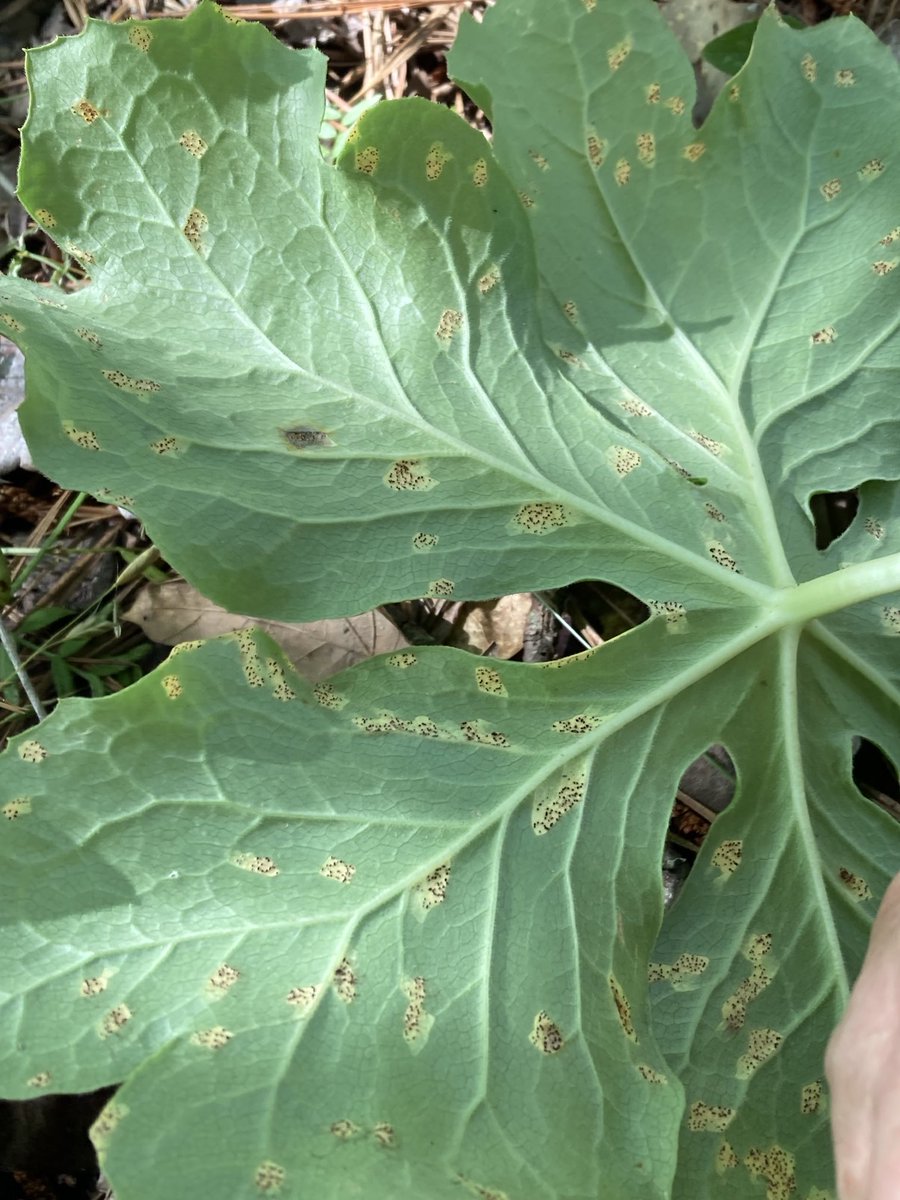
MSU Extension Plant Diagnostic Lab
@MSUextPlantLab
The Mississippi State University Extension plant disease and nematode clinic provides detailed, accurate, and timely analyses of soil and plant samples.
Got nematodes? Find out! Details on our FREE #nematode testing for Mississippi #soybean producers and #sweetpotato growers are available on the lab webpage extension.msstate.edu/lab Soybean testing expires March 31, 2026 Sweetpotato testing expires next month April 30, 2025 #MSUext
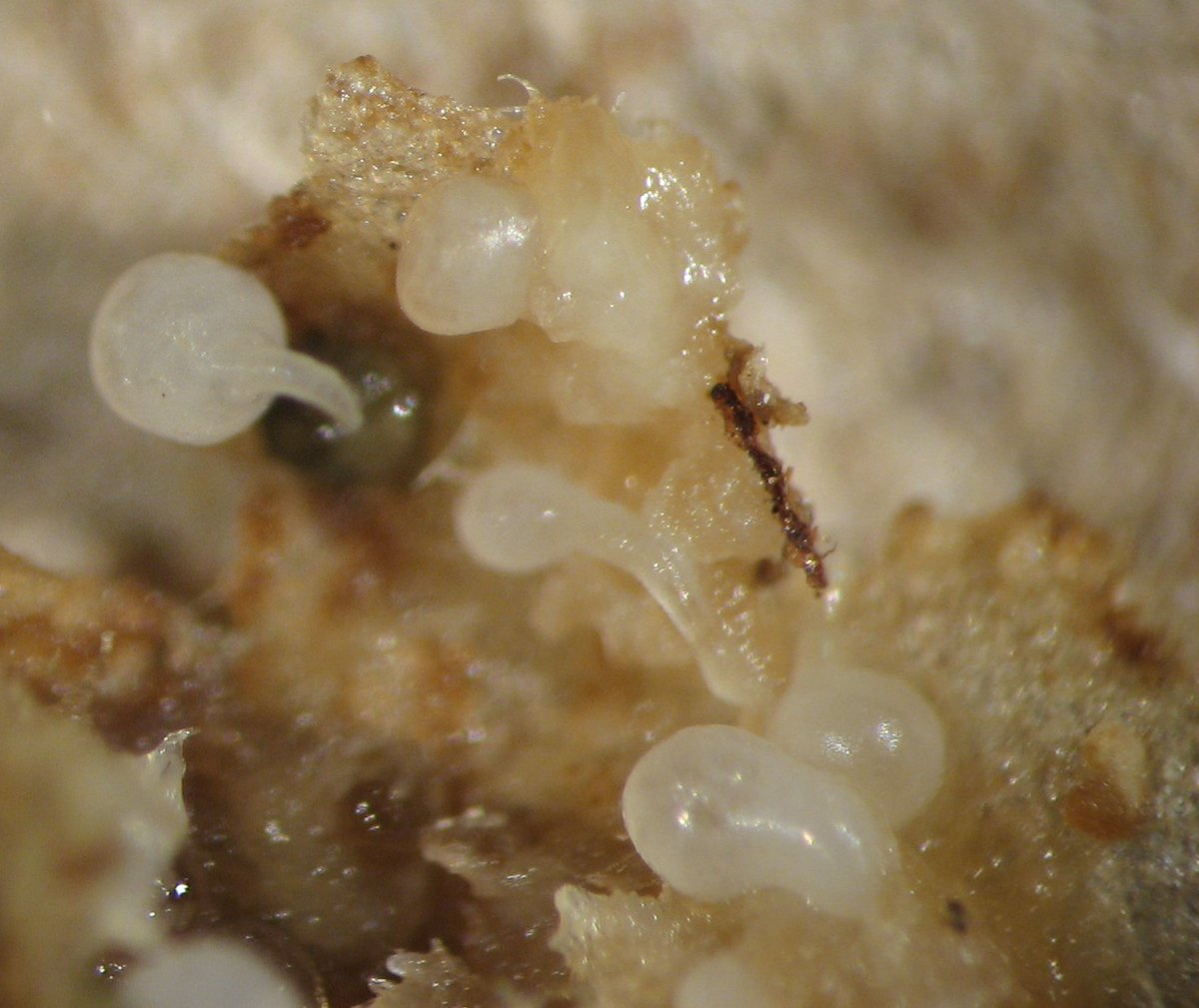
Blossom end rot is especially problematic in container-grown tomatoes because of difficulty keeping the soil moist. When water is limited, calcium (used to strengthen cell walls) can’t make it to the developing fruit. A sunken brown spot develops when the cells collapse. #MSUext

🎥Did you know our @MSUextPlantLab can help you diagnose plant diseases and nematodes? Submission forms, instructions for sample collection and shipping, and a list of fees, are available from your county Extension office or online here: extension.msstate.edu/lab #MSUext
After planting a new tree, sometimes you will see decline, dieback, or even death of the young tree. When trying to determine the primary cause of the problem, several factors need to be given consideration. Decline of Newly Planted Trees article: go.iastate.edu/86QQ1J
Love is letting go. Don't forget to release the guy wires used to stake young trees. Especially when they are no longer attached to a support post! Left in place, the wire or string will girdle the expanding trunk, negatively impacting tree growth and health. #MSUext
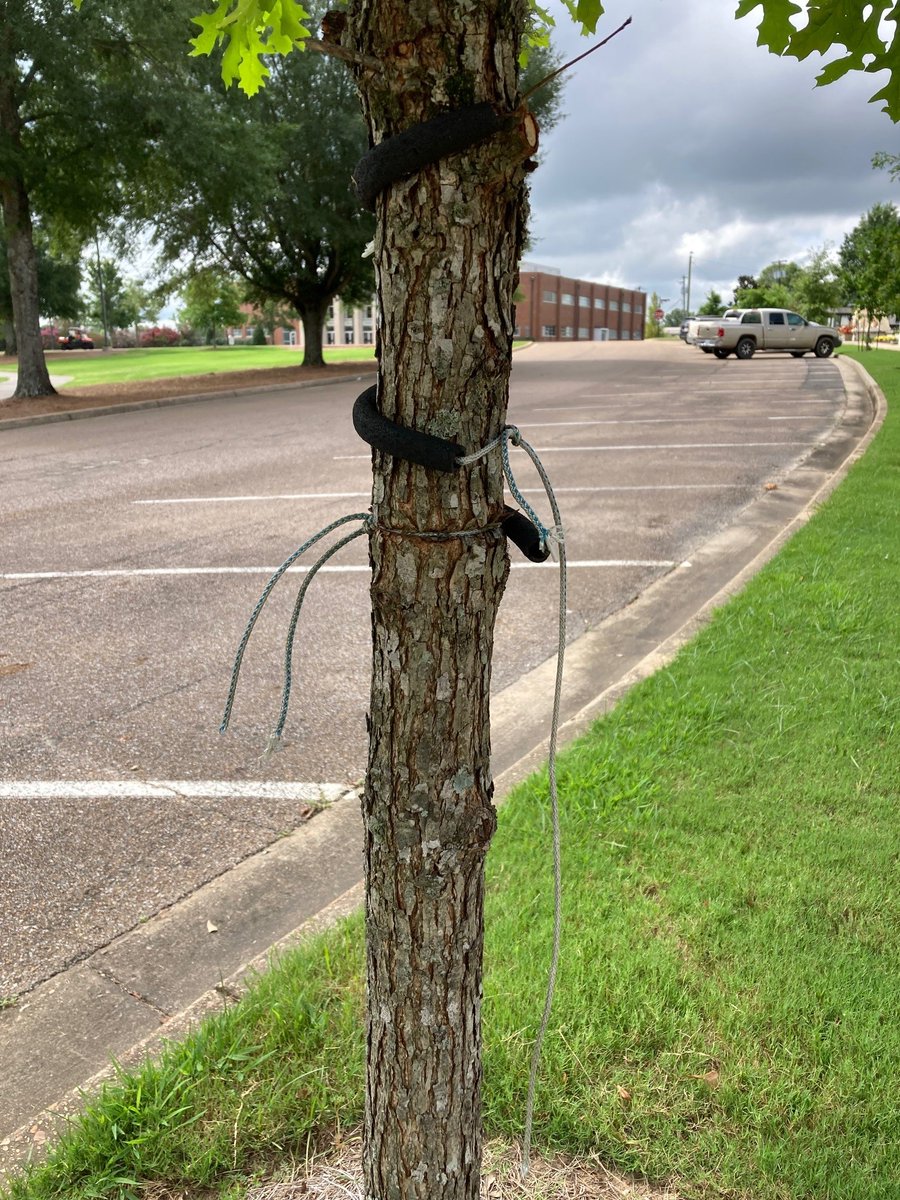
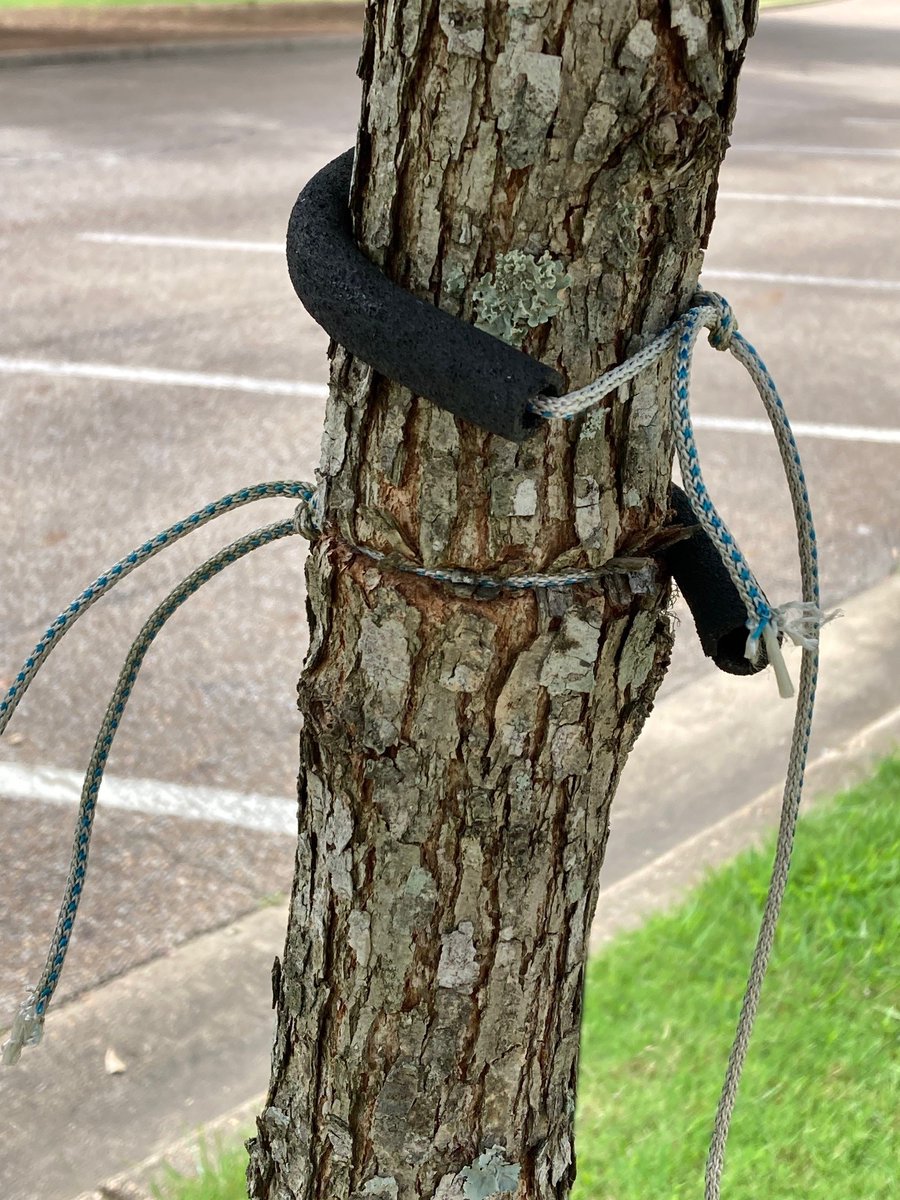
Above ground symptoms of tree decline may be due to dysfunctional roots. Physical deformities, like this pot bound tree are one cause. Break up the root ball of container grown plants before installing them in the landscape and avoid planting them if they look like this. #MSUext


These yellowstriped armyworms have been enjoying my zinnias and tomatoes (leaves and fruit). If you see signs of feeding, check on the plant during the day while they're feeding, or look for their tightly curled bodies on the soil under the plant in the evening. #MSUext



Bacterial spot on tomatoes continues to be a problem as daily thunderstorms continue. The pathogen (Xanthomonas spp.) can be seed transmitted, so don't save seed from infected fruit. Warm temperatures, lots of rain and high humidity favor spread. extension.msstate.edu/publications/b… #MSUext

Stem fasciation on wisteria. Fasciation occurs when the growing point of the stem (or sometimes a flower) produces flattened, ribbon like tissue. Harmless to the plant and can be pruned out. There are many potential causes, including genetic, environmental, and disease. #MSUext

It's Dollar Spot time! We see it in bermuda and zoysia lawns that might need a hit of fertilizer. Read all about it extension.msstate.edu/publications/t…

🎥Nematodes are microscopic worms that feed on plant roots and make plants unhappy. We can test your soil for nematodes and give you management recommendations! Learn more here or contact your county's Extension office: extension.msstate.edu/lab #MSUext @msuextplantlab
Tomato 🍅 Tuesday: Concentric fruit cracking can occur due to wide fluctuations in soil moisture, particularly heavy rain after a dry period. These conditions can cause fruit to expand too quickly for the skin to keep up, leading to cracks in the fruit #Tomato #Alabama #Gardening
Enjoyed being the quarterly nature series speaker for the Friends of Noxubee Refuge group this evening and celebrating the 85th anniversary of the Sam D. Hamilton Noxubee Wildlife Refuge! #MSUext

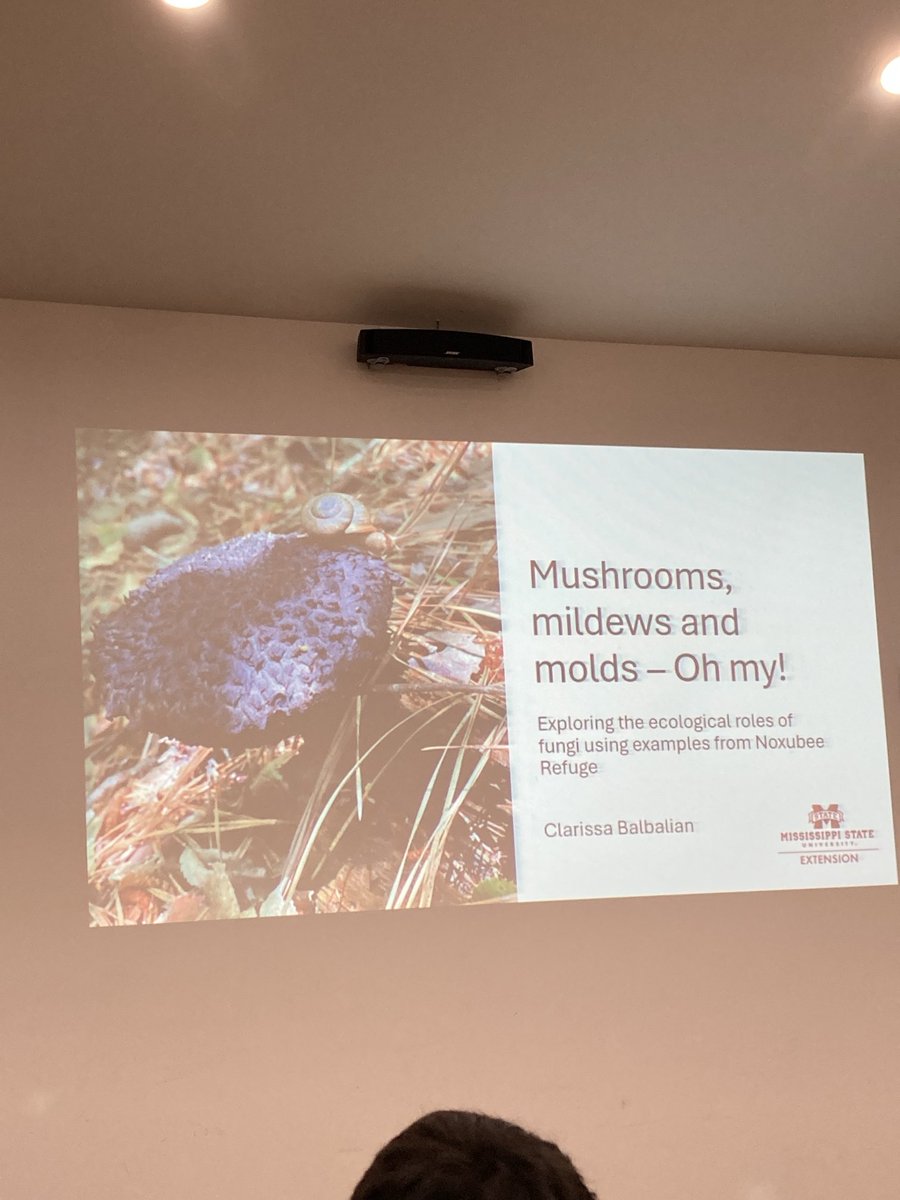
Wedge-shaped areas of dark wood in a stem cross section are often indicative of canker pathogens like Botyrosphaeria and Phomopsis. Look for black pustules embedded in the bark. This tree was under severe root stress and the canker disease is likely secondary. #MSUext


Lots of rain is making the fungi pop in MS! Wrinkled, tan jelly babies (Leotia lubrica) stain green when bruised. White clumps of false coral (Tremellodendron sp.) are jelly fungi,not the corals they resemble. Pretty little stalked scarlet caps decompose dead wood. #MSUext




Chanterelles are up Mississippi! These young “smooth chanterelles” (Cantharellus lateritius) are characterized by their orange color, in curved margin, and a very smooth fertile surface. The cap will become more funnel-shaped with age. #MSUext


Free nematode testing for Mississippi soybean growers can help shed light on nematode populations in fields. Find out how to submit samples at extension.msstate.edu/content/free-n… #MSUext
Galling from the southern root-knot nematode is oftentimes difficult to observe on young soybean plants. Look at the roots of “healthy” plants on the margins of areas where dead plants occur as a result of RKN @MSSOY #mscrops @MSUextPlantLab #Extension @changliunema
#SCN is present in 92% of Mississippi counties – is it in your field? 👀 Thankfully, @MSUExtService has resources and recommendations specifically for your state’s pest pressure. bit.ly/4jUwqbo
Nematode counts are not always the best indicator of nematicide efficacy on turf. Focus on root health and not nematode numbers to determine if a treatment works onlinelibrary.wiley.com/doi/10.1002/it…
MSU Turfgrass Field Day will be held on September 18. Check out registration/sponsorship details on our website: mafes.msstate.edu/workshops/turf/
Mayapple rust is striking, with angular yellow spots on the upper surface of the leaf. Spores are produced on the underside of the leaf. This leaf has brown telial pustules. A different spore stage is orange and powdery. Mayapple is the only plant this fungus infects. #MSUext

